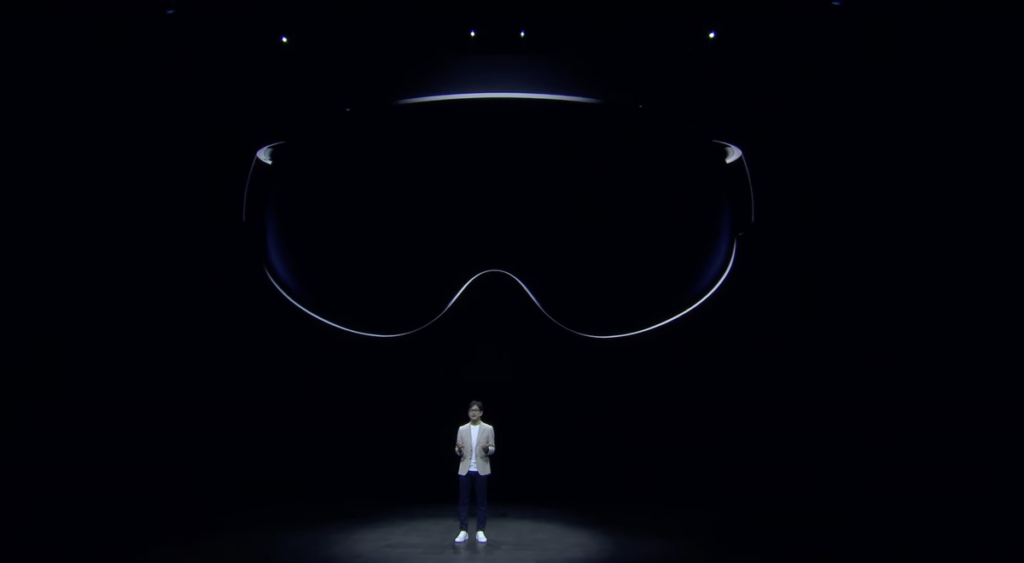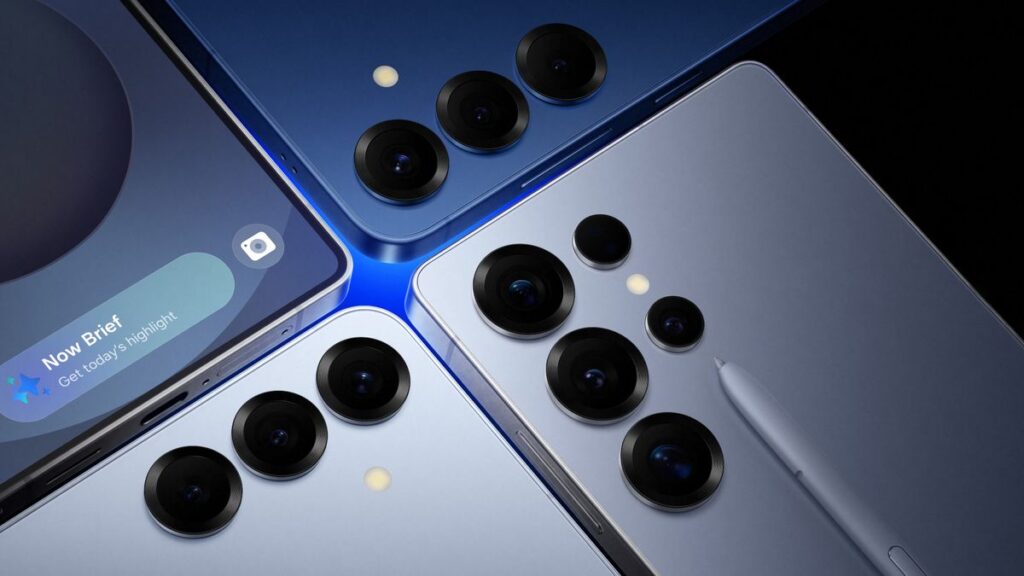Understanding DLSS Technology
DLSS, or Deep Learning Super Sampling, is a revolutionary technology developed by Nvidia that significantly enhances gaming performance and visual fidelity. At its core, DLSS uses artificial intelligence and machine learning to upscale lower-resolution images to higher resolutions, delivering stunning visuals without the hefty performance cost typically associated with high-resolution gaming. This means gamers can enjoy crisp graphics and smooth frame rates, all while utilizing less processing power.
The technology works by training neural networks on high-quality images from games. When a player runs a game with DLSS enabled, the GPU generates a lower-resolution image and then uses AI algorithms to upscale it to the desired resolution. This process not only preserves but often enhances visual details, allowing gamers to experience the best of both worlds: performance and beauty.
The Growing Popularity of DLSS Among GeForce RTX Users
According to recent claims by Nvidia, a significant majority of GeForce RTX users have embraced DLSS technology. This trend is unsurprising, given the substantial benefits that DLSS offers. Gamers are increasingly looking for ways to enhance their gaming experiences, and DLSS provides an effective solution. The technology has been integrated into numerous popular titles, making it a go-to feature for those who want to maximize their gaming setups.
Surveys and usage data show that an overwhelming percentage of RTX card owners are utilizing DLSS in their gaming sessions. Nvidia reports that many users have noted improvements in frame rates and overall visual quality, leading to a more immersive gaming experience. This widespread adoption is a clear indicator that gamers recognize the advantages of leveraging DLSS technology.
Performance Gains with DLSS
One of the primary reasons gamers are flocking to DLSS is the remarkable performance gains it offers. By allowing users to run games at lower native resolutions, DLSS effectively reduces the workload on the GPU. This not only results in higher frame rates but also decreases the chances of performance drops during intense gaming moments.
For instance, in demanding titles like Cyberpunk 2077 and Control, players have reported frame rate increases of up to 100% when enabling DLSS. Such improvements enable smoother gameplay, particularly in fast-paced genres like first-person shooters and action-adventure games. The ability to maintain a stable frame rate while enjoying high graphical settings is a game-changer for many players.
Visual Fidelity: The Upscaling Advantage
While performance is crucial, visual fidelity remains a top priority for gamers. DLSS excels in this area as well. The technology not only enhances performance but also ensures that the visual quality of games remains intact. Many gamers have expressed satisfaction with the sharpness and detail that DLSS provides, which is especially noticeable in intricate textures and complex environments.
The upscaling technology effectively reconstructs images, allowing for improved anti-aliasing and reduced artifacts. This means that gamers can enjoy visually stunning experiences without compromising on performance. Titles that utilize DLSS often stand out due to their vibrant graphics, making the gaming experience more enjoyable and engaging.
DLSS in Popular Titles
The integration of DLSS technology in popular games has played a significant role in its adoption among GeForce RTX users. Major titles like Minecraft, Battlefield 2042, and Death Stranding have embraced DLSS, allowing players to experience enhanced performance and visuals. This cross-industry support highlights the versatility and effectiveness of DLSS in various gaming genres, attracting an even broader audience.
As more developers recognize the benefits of DLSS, the list of compatible titles continues to grow. This trend is likely to accelerate as Nvidia further invests in this technology, making it an essential feature in future games. The commitment from both game developers and Nvidia ensures that DLSS will remain a significant component of the gaming landscape for years to come.
Community Feedback and User Experience
The gaming community’s response to DLSS has been overwhelmingly positive. Many users have taken to forums and social media to share their experiences with the technology. Whether discussing improved frame rates or enhanced visuals, the consensus is clear: DLSS is a valuable addition to the gaming experience.
Gamers appreciate the ease of enabling DLSS within their games, and many have shared tips and tricks for optimizing their settings. This sense of community and collaboration enhances the overall experience for RTX users, as they can learn from one another and maximize the benefits of DLSS technology.
Moreover, Nvidia has been proactive in collecting user feedback and implementing improvements based on community input. This commitment to refinement ensures that DLSS continues to evolve and meet the demands of gamers, further solidifying its position in the industry.
Impact on Future Gaming Hardware
The success of DLSS technology is likely to influence the development of future gaming hardware. As gamers increasingly seek solutions to enhance performance and visual quality, manufacturers will be compelled to prioritize similar technologies in their designs. The demand for graphics cards that support advanced features like DLSS is expected to grow, leading to more innovative solutions in the market.
Nvidia’s investment in AI and machine learning technologies is paving the way for the next generation of gaming experiences. As the gaming landscape continues to evolve, the integration of DLSS and similar technologies will play a critical role in shaping hardware capabilities and player expectations.
The Role of AI in Gaming
The rise of DLSS exemplifies the profound impact that artificial intelligence is having on the gaming industry. By leveraging AI, Nvidia has not only improved gaming performance but has also set a precedent for future innovations. As AI technology continues to advance, we can expect to see even more sophisticated solutions that enhance gameplay, graphics, and overall user experience.
The potential for AI in gaming extends beyond just upscaling images. Future applications may include dynamic environmental changes, adaptive AI opponents, and personalized gaming experiences that cater to individual player styles. The possibilities are vast, and as Nvidia leads the charge with DLSS, other companies are likely to follow suit, further integrating AI into their gaming technologies.
Challenges and Limitations of DLSS
Despite its many advantages, DLSS is not without its challenges and limitations. One of the primary concerns among gamers is the potential for visual artifacts. While DLSS has significantly improved in its ability to minimize these issues, some users may still notice inconsistencies in certain titles. This variability can lead to mixed experiences, depending on the specific game and how well it has implemented DLSS.
Additionally, not all games are compatible with DLSS, which can be frustrating for gamers who wish to use the technology across their entire library. However, as more developers adopt DLSS, this limitation is likely to diminish over time. Nvidia’s continued efforts to refine and expand the technology will also play a crucial role in addressing these challenges.
Competitive Gaming and DLSS
In the realm of competitive gaming, every frame counts. Players are always on the lookout for ways to gain an edge over their opponents, and DLSS can provide a significant advantage. By enabling higher frame rates, DLSS allows competitive gamers to maintain smoother and more responsive gameplay, which can be the difference between victory and defeat.
Many esports titles are beginning to incorporate DLSS, further solidifying its place in the competitive gaming landscape. As professional players and teams recognize the benefits of DLSS, we can expect to see increased adoption and discussions surrounding its use in competitive scenarios.
Nvidia’s Commitment to Innovation
Nvidia’s commitment to innovation is evident in its continuous improvements to DLSS technology. The company has been actively working to enhance the capabilities of DLSS with each new generation of graphics cards. With the introduction of DLSS 2.0 and subsequent updates, users have seen significant improvements in both performance and visual quality.
Nvidia’s focus on research and development ensures that DLSS remains at the forefront of gaming technology. As the gaming industry evolves, Nvidia’s investment in cutting-edge solutions will be key to maintaining its status as a leader in graphics technology.
The Future of DLSS and Gaming
As DLSS continues to gain traction among GeForce RTX users, its future looks promising. With growing support from game developers and the gaming community, DLSS is poised to become a standard feature in many upcoming titles. As technology advances and gaming hardware becomes more powerful, the potential for DLSS to transform the gaming experience will only increase.
Gamers can expect to see even more enhancements in visual quality, performance, and overall gameplay as DLSS evolves. The continued collaboration between Nvidia and developers will ensure that the gaming landscape remains dynamic and exciting, paving the way for new innovations that enhance the player experience.
In summary, the majority of GeForce RTX users embracing DLSS technology is a testament to the profound impact it has had on gaming. With its ability to enhance performance and visual fidelity, DLSS has become an essential tool for gamers seeking to elevate their experiences. As the technology continues to evolve and expand, it will undoubtedly shape the future of gaming for years to come.














